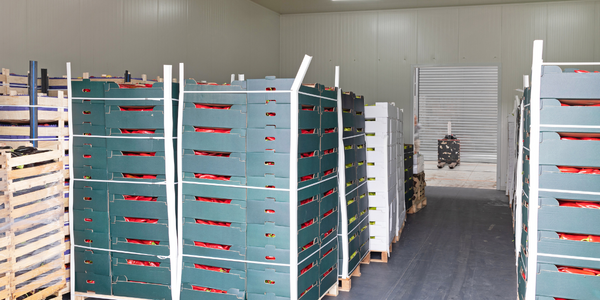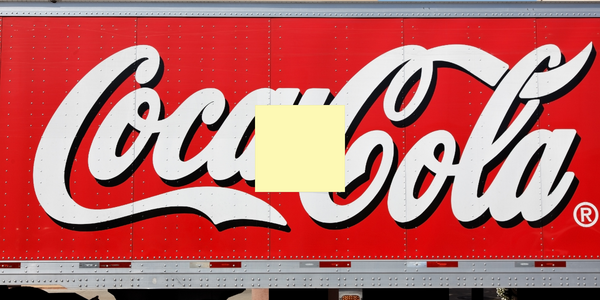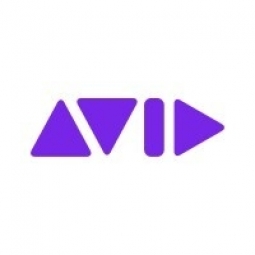技术
- 应用基础设施与中间件 - 数据库管理和存储
- 基础设施即服务 (IaaS) - 云存储服务
适用行业
- 食品与饮料
- 生命科学
适用功能
- 采购
用例
- 库存管理
- 资产跟踪
关于客户
自 1993 年首次播出以来,Food Network 已呈指数级增长,成为世界各地美食爱好者的权威频道。该网络每个月都会推出许多新节目,以满足不断扩大的观众需求。该网络的观众数量大幅增长,目前有近 1 亿美国家庭收看该频道。随着其观众的增加,来自其他想要效仿其成功的网络的竞争也随之增加。为了吸引新观众并保持电视食物链的顶端,该网络不断制作新鲜的原创内容。该网络的制作团队规模较小,拥有 10 个编辑室,由 5 名专职编辑和 25 名自由编辑组成。
挑战
Food Network 是全球美食爱好者的热门频道,在管理和制作越来越多的原创内容方面面临着重大挑战。该网络正在经历快速的增长和变革,每个月都会推出许多新节目,以满足其不断扩大的近 1 亿美国家庭的观众需求。然而,生产过程受到基于磁带的陈旧工作流程的阻碍,效率低下且成本高昂。该网络面临媒体管理和存储挑战,材料有时会延迟或提前到达,需要扩展在线存储或立即可用。制作在地理上也很分散,现场演出在全国各地拍摄,制作中心在纽约,广播业务在田纳西州诺克斯维尔。制作团队虽然规模不大,但需要提高效率并加强跨多个地点的协作。
解决方案
为了应对这些挑战,Food Network 使用基于 Avid MediaCentral 平台构建的端到端解决方案更新了其制作工作流程。其中包括先进的媒体管理和存储解决方案,例如 ISIS 共享存储、Interplay |生产资产管理和 Interplay Central。这些解决方案使组织中的每个人都可以从任何位置实时上传、访问、编辑、共享、记录、跟踪和同步媒体和项目。新的工作流程消除了对录像带的需求,加快了制作过程并节省了成本。制作人现在可以通过任何台式电脑查看材料,使过程更快、更容易。对于短格式内容,该网络使用其内部网络将内容传送到美国各地的卫星位置,从而节省了磁带和运输成本。
运营影响
数量效益

Case Study missing?
Start adding your own!
Register with your work email and create a new case study profile for your business.
相关案例.

Case Study
The Kellogg Company
Kellogg keeps a close eye on its trade spend, analyzing large volumes of data and running complex simulations to predict which promotional activities will be the most effective. Kellogg needed to decrease the trade spend but its traditional relational database on premises could not keep up with the pace of demand.

Case Study
HEINEKEN Uses the Cloud to Reach 10.5 Million Consumers
For 2012 campaign, the Bond promotion, it planned to launch the campaign at the same time everywhere on the planet. That created unprecedented challenges for HEINEKEN—nowhere more so than in its technology operation. The primary digital content for the campaign was a 100-megabyte movie that had to play flawlessly for millions of viewers worldwide. After all, Bond never fails. No one was going to tolerate a technology failure that might bruise his brand.Previously, HEINEKEN had supported digital media at its outsourced datacenter. But that datacenter lacked the computing resources HEINEKEN needed, and building them—especially to support peak traffic that would total millions of simultaneous hits—would have been both time-consuming and expensive. Nor would it have provided the geographic reach that HEINEKEN needed to minimize latency worldwide.

Case Study
Energy Management System at Sugar Industry
The company wanted to use the information from the system to claim under the renewable energy certificate scheme. The benefit to the company under the renewable energy certificates is Rs 75 million a year. To enable the above, an end-to-end solution for load monitoring, consumption monitoring, online data monitoring, automatic meter data acquisition which can be exported to SAP and other applications is required.

Case Study
Coca Cola Swaziland Conco Case Study
Coco Cola Swaziland, South Africa would like to find a solution that would enable the following results: - Reduce energy consumption by 20% in one year. - Formulate a series of strategic initiatives that would enlist the commitment of corporate management and create employee awareness while helping meet departmental targets and investing in tools that assist with energy management. - Formulate a series of tactical initiatives that would optimize energy usage on the shop floor. These would include charging forklifts and running cold rooms only during off-peak periods, running the dust extractors only during working hours and basing lights and air-conditioning on someone’s presence. - Increase visibility into the factory and other processes. - Enable limited, non-intrusive control functions for certain processes.

Case Study
Temperature Monitoring for Restaurant Food Storage
When it came to implementing a solution, Mr. Nesbitt had an idea of what functionality that he wanted. Although not mandated by Health Canada, Mr. Nesbitt wanted to ensure quality control issues met the highest possible standards as part of his commitment to top-of-class food services. This wish list included an easy-to use temperature-monitoring system that could provide a visible display of the temperatures of all of his refrigerators and freezers, including historical information so that he could review the performance of his equipment. It also had to provide alert notification (but email alerts and SMS text message alerts) to alert key staff in the event that a cooling system was exceeding pre-set warning limits.

Case Study
Coca-Cola Refreshments, U.S.
Coca-Cola Refreshments owns and manages Coca-Cola branded refrigerators in retail establishments. Legacy systems were used to locate equipment information by logging onto multiple servers which took up to 8 hours to update information on 30-40 units. The company had no overall visibility into equipment status or maintenance history.







